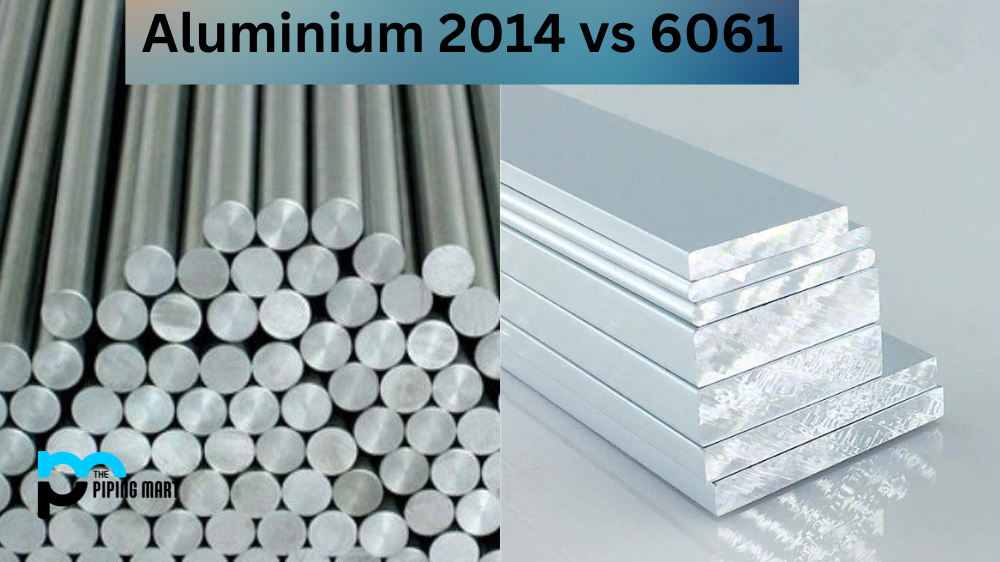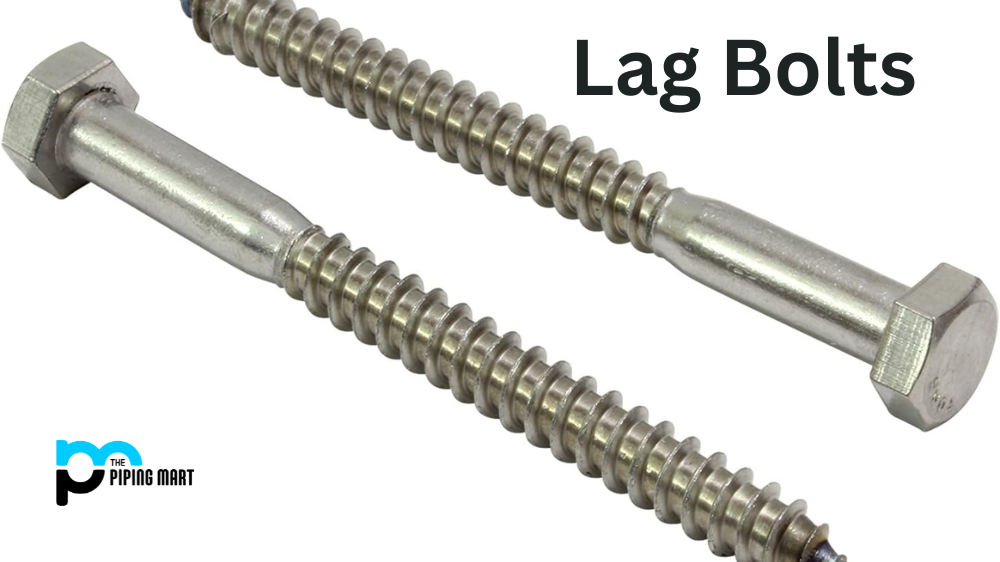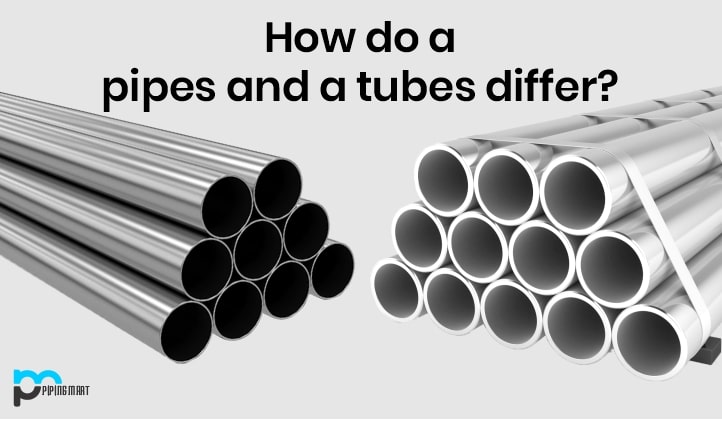For those looking for a lightweight yet strong metal, aluminum is an excellent choice. When choosing the right aluminum alloy, it’s important to know the differences between two of the most popular alloys: 2014 and 6061. Let’s take a look at what makes them unique.
What is Aluminum Alloy 2014?
Aluminum alloy 2014 is one of the strongest commercially available aluminium alloys on the market today. It has excellent machinability and weldability, making it perfect for use in aircraft parts, particularly those that need to be incredibly lightweight but still maintain their strength. This particular alloy also has high levels of corrosion resistance—far higher than other aluminum alloys like 6061 or 2024—which means it can stand up to tough outdoor conditions without corroding quickly.
What is Aluminum Alloy 6061?
Aluminum alloy 6061 is another popular alloy that’s commonly used for automotive components, especially for vehicles that rely on speed and agility, such as race cars or motorcycles. It’s highly malleable and incredibly easy to machine, making it ideal for customization and fabrication projects where precision is key. However, this particular alloy isn’t as strong or corrosion-resistant as its 2014 counterpart—so it may not be suitable for certain applications where strength or durability are needed.
Difference Between Aluminium 2014 and 6061
One of the biggest differences between Aluminium 2014 and 6061 is in terms of their mechanical properties. While Aluminium 2014 is strong but can still be brittle, 6061 has much higher fatigue strength. Additionally, Aluminium 2014 may corrode faster than its counterpart, making it not ideal for outdoor use. Another major factor that separates these two alloys is their machinability– 6061 is much easier to machine than Aluminium 2014 and as a result, it can be highly customized to create a variety of shapes and forms. All in all, although these two materials have several similarities, they vary significantly in terms of strength, durability and workability; this makes the right choice dependent on the application or project at hand.
- Aluminium 2014 is a soft metal that is easy to weld.
- Aluminium 6061 is a hard metal that is difficult to weld.
- Aluminium 2014 has a lower melting point than 6061.
- Aluminium 6061 has a higher melting point than 2014.
- Aluminium 2014 is more ductile than 6061.
- Aluminium 6061 is less ductile than 2014.
Conclusion:
Aluminum alloys 2014 and 6061 both have unique characteristics that make them great choices for different scenarios. If you’re looking for a lightweight yet strong metal with good machinability and excellent corrosion resistance, aluminum alloy 2014 might be your best bet. If you need something more malleable with superior machining capabilities, then aluminum alloy 6061 could be perfect for you. Ultimately, your decision will depend on your specific needs—but these two alloys offer reliable solutions no matter what you require from your metal project.

Pipingmart is a B2B portal that specializes in metal, industrial and piping items. Additionally, we share the latest information and information about materials, products and various types of grades to assist businesses that are involved in this business.




